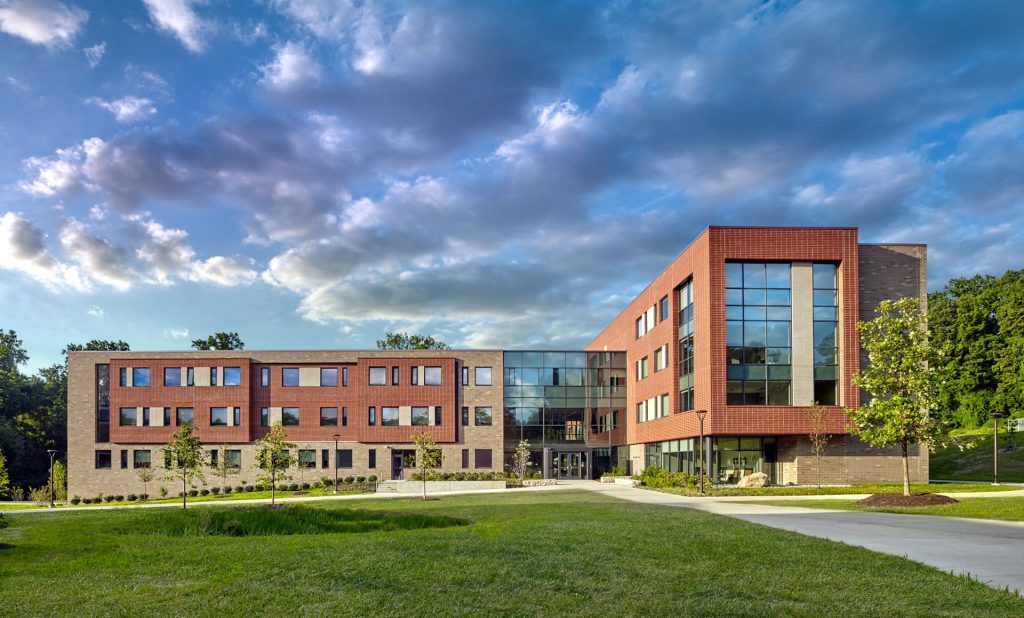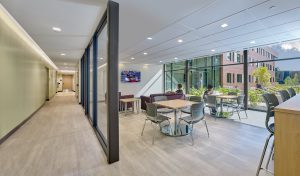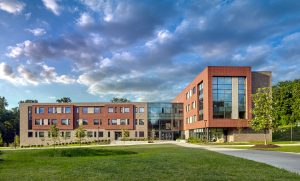As the academic landscape evolves, so do student housing trends. Gone are the days when dormitories were merely places to sleep; today’s student housing is about creating communities, fostering learning outside the classroom, and supporting students’ well-being. In 2024, we’re witnessing a confluence of trends that reflect broader societal shifts, technological advancements, and changing student expectations. Here’s a look at the key trends shaping the future of student housing.
1. Increased Demand for Purpose-Built Student Accommodations (PBSA)
Global investment in PBSA has soared, reflecting a robust appetite for specialized student housing that caters to the unique needs of college populations. Despite the challenges posed by the COVID-19 pandemic, the resilience of the PBSA sector is evident, with investment activity in the US reaching $1.58 billion in 2020. This trend underscores the ongoing demand for high-quality, student-centric living spaces that support academic success and personal growth.
2. The Shift Towards Sustainability
Sustainability is no longer a nice-to-have; it’s a must-have in student housing. Today’s students are increasingly environmentally conscious, driving demand for green buildings that minimize ecological footprints. Sustainable practices in student housing not only appeal to eco-minded students but also contribute to long-term operational savings for institutions. Features like energy-efficient lighting, water conservation systems, and sustainable building materials are becoming standard in new and renovated student accommodations.
3. Technology Integration
Technology plays a pivotal role in modern student housing, enhancing both security and the overall living experience. From keyless entry systems to high-speed internet connections and smart building technology, integrating advanced tech solutions is essential for meeting students’ expectations. Moreover, technology facilitates safer, more connected communities, allowing for seamless communication between students and housing administrators.
4. The Evolution of Living Spaces
As the concept of community changes, so do the designs of living spaces. Modern student housing is moving away from traditional dormitory setups to configurations that promote social interaction while respecting the need for privacy. Shared common areas, study lounges, and recreational facilities are designed to foster a sense of community, while private bedrooms and bathrooms offer students their own space. This trend towards mixed-use living spaces reflects a broader understanding of students’ dual needs for social engagement and personal retreat.
5. Responding to the Mental Health Crisis
The mental health of students has come to the forefront of university concerns, influencing the design and management of student housing. Accommodations that provide supportive environments, including access to mental health resources, quiet spaces for meditation and relaxation, and areas for physical activity, are increasingly common. Recognizing that student housing can play a crucial role in supporting mental well-being, institutions are incorporating features that promote a holistic approach to health.
Conclusion
The trends in student housing reflect a dynamic sector that is rapidly adapting to the needs of modern students. From sustainability and technology integration to the design of living spaces and the focus on mental health, these trends are shaping a future where student housing is not just a place to live but a crucial part of the educational ecosystem. As we look to the future, it’s clear that student housing will continue to evolve, offering spaces that support not just academic success but the holistic well-being of students.







